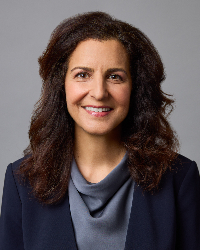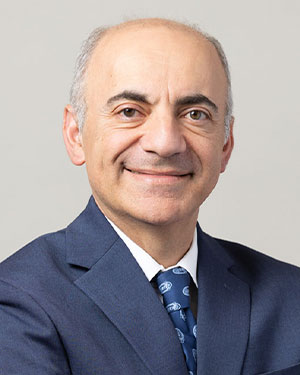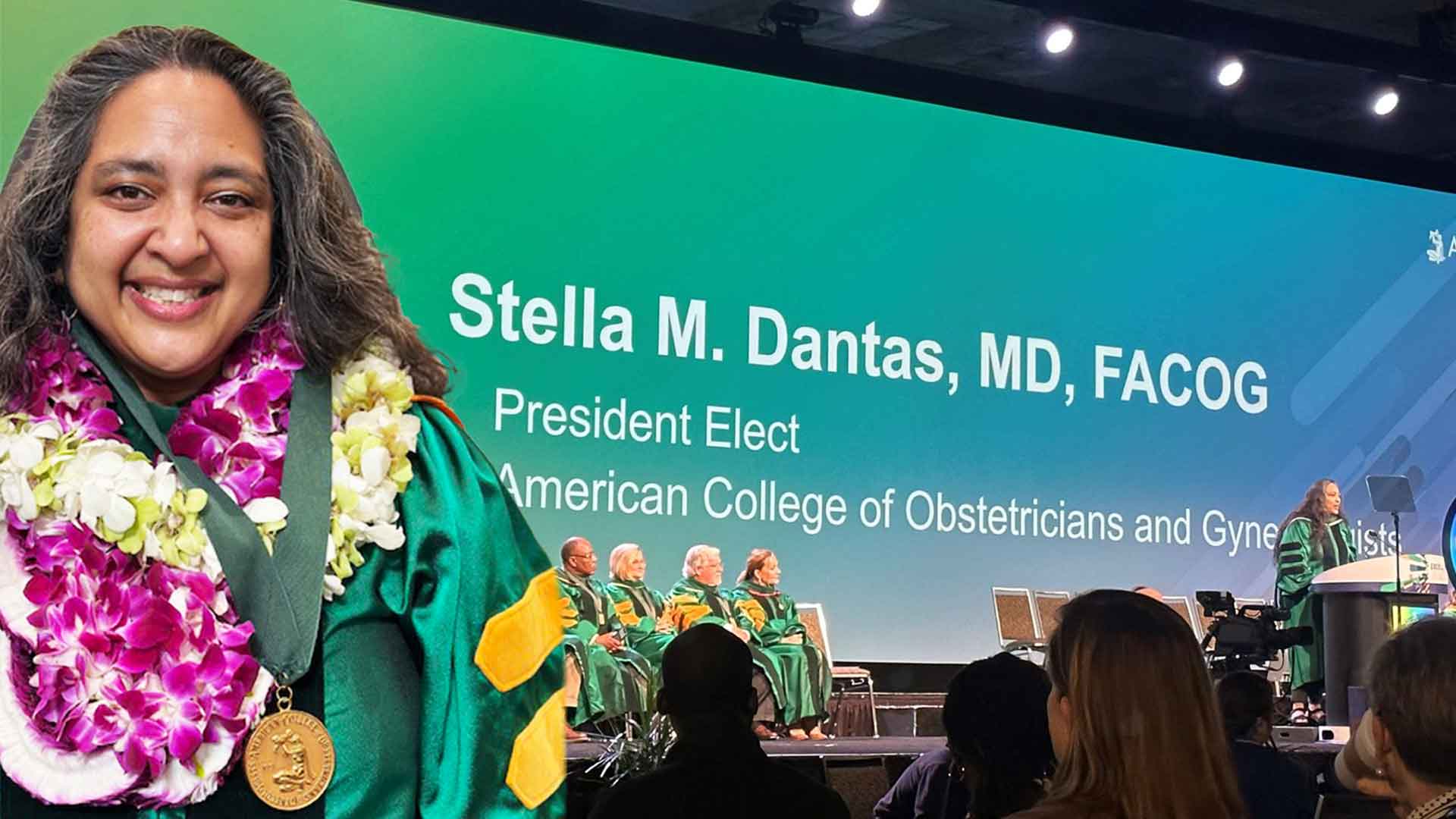Ramin Davidoff, MD, on value-based care and how it benefits older adults.
Maria Ansari, MD, shares health care innovations to address the physician shortage

In a recent interview on the Becker’s Healthcare Podcast, Maria Ansari, MD, FACC, CEO and executive director of The Permanente Medical Group, said solving the shortage of physicians and health care workers will require a range of health care innovations, from seeding the physician jobs pipeline to greater reliance on every member of the health care team.
The United States could see an estimated shortage of up to 124,000 physicians across all specialties by 2034, according to data from the Association of American Medical Colleges. Physician burnout rates were consistently high before the pandemic due to packed workdays, time pressures, administrative burdens, and emotional intensity. The pandemic exacerbated burnout levels in the U.S., from 38.2% pre-pandemic to 62.8% in 2021. Research shows that due in part to COVID-related stress, 1 in 5 physicians plan to leave their current practice within 2 years.
Unfortunately, these departures would coincide with the aging of the baby-boom generation. It’s expected that 10,000 baby boomers will hit retirement age every day from now until 2030.
“You’re reducing your supply as doctors retire, and you’re having a greater population boom that needs care with more comorbid conditions,” said Dr. Ansari, who also serves as president and CEO of the Mid-Atlantic Permanente Medical Group and co-CEO of The Permanente Federation. “It’s a perfect storm.”
Related physician burnout story: “Ruth Chang, MD, shares 4 major signs of clinician burnout”
Innovative solutions to improve the physician shortage
The key to addressing the looming physician shortage, Dr. Ansari said, is to start with pipeline development as early as high school.
“One thing we know for sure is that the greatest shortages of primary care physicians are in rural areas, and when you recruit from rural areas, you’re more likely to have students return to where they grew up to practice,” she said.
Kaiser Permanente and the University of California, Davis have a joint program that brings college freshmen and sophomores from the Central Valley to the UC Davis School of Medicine, where they take classes to learn what it takes to get into medical school. These students, Dr. Ansari said, “are primarily Spanish-speaking and we expose them to pharmacy, research, and other health fields to try to get them to come into medical school.”
Another challenge is that primary care physicians are paid less than specialty care physicians, making it more difficult for those planning to become primary care physicians to pay back their student loans. An estimated shortfall of 48,000 physicians is anticipated by 2034.
“One of the things we did was start our own medical school in Southern California and that medical school is tuition-free,” Dr. Ansari said, referring to the Kaiser Permanente Bernard J. Tyson School of Medicine in Pasadena. The school is waiving tuition and fees for classes through 2024. The waiver is available for each class for all 4 years of enrollment.
“We need to continue innovative programs like that throughout the country so that students are not coming out with $400,000 in debt,” Dr. Ansari said.
Beyond recruitment of physicians, another way to alleviate the physician shortage is to extend the physician’s reach by moving more tasks to other members of a medical team. “We have to think about the way we practice medicine as being part of a team, with everyone practicing at the top of their professional license,” Dr. Ansari said.
For example, a nurse practitioner or physician assistant can supplement care provided by a physician by focusing on specialty care or by providing broad scope primary care. In her own field of cardiology, “we often use nurse practitioners to provide very specialized care, for example, in the area of heart failure,” Dr. Ansari. “Honestly, they become just as good as a cardiologist for that focused area, and that allows me to focus on our most complex patients.”
Note: To listen to the entire podcast, visit the Becker’s Hospital Review website.
Related health care innovation podcast: “The impact of health innovation on physician well-being”


